CPE Asks … About the Office of the Future
Tenants will want flexibility, collaboration, convenience and a comfortable atmosphere, according to these design and leasing executives. And don’t forget lots of technology.
By Roxana Baiceanu
How do you envision the office of tomorrow in terms of design and amenities?
Mike Foxworthy, principal, DAUM
❝The hallmark of the ‘office of tomorrow’ will not be one specific style. Rather, it will be characterized as an environment that creates an all-encompassing, memorable, and streamlined experiences for employees and visitors. In terms of design, the key will be ensuring that employees do not feel confined within their workspaces. This will be achieved several ways, including through flexible layouts, open floorplans, high ceilings, outdoor workspaces and biophilic design that incorporates natural features―or a combination of some or all of these elements.
We anticipate a continuation of current trends in amenities going forward. For example, we’re increasingly finding that office tenants expect comprehensive Wi-Fi capabilities―including access throughout the entire interior and exterior of the building―as a bare minimum.❞
Janet Lougee, vice president & director of interiors, Wight & Co.
❝To forecast tomorrow’s office, we have only to look at the current trends we see in the learning environments of today’s students, our future workers. Students no longer sit at one desk with the ‘sage on stage’ at the front blackboard. Learning environments are collaborative and unstructured―formality is gone.
New office environments will emulate the immersive ‘maker space’ of today’s schools where teams of people will work together to create new ideas. When this next generation hits tomorrow’s workplace, the ability to move around, collaborate and make choices of where to work will be more important than ever.
Amenity spaces will proliferate―fitness, training, food-centric environments. Connectivity via devices will reduce face-to-face meetings. Heightened interest in promoting wellness will address worker health with spaces to recharge and refresh. Fresh, chef-prepared food will be served in flexible, social spaces accessible to the outside in walkable environments.❞
Dan Slack, principal, Baker Development Corp.
❝The definition of Class A office space continues to evolve. It is no longer just about upscale finishes and amenities. Companies, especially tech-focused businesses with an entrepreneurial approach, want advanced building and technology systems, and amenities and design features that focus on employee comfort and productivity. At our latest office development, 2017 N. Mendell in Chicago, in addition to infrastructure features like ultra-high-speed fiber optics, we added a photo-ionic air-filtration system and windows from View Dynamic Glass, which enhance employee comfort by automatically adjusting to sunlight throughout the day. Not only does this help with temperature control and access to natural light, it also provides the eco-friendly benefit of temperature control.❞
Christina Clark, managing principal, Cresa
❝When I think of the office of tomorrow, hospitality is the first word that comes to mind. Finished and refined, yet comfortable and warm, with unique materials and textures such as reclaimed wood or velvet. Design is tied to the local cityscape instead of a global, uniform design rolled out by corporate. Gone are the days of cold, stark white benches and concrete floors.
Tomorrow’s offices will generate a buzz, energized by music and an array of work spaces. I anticipate less personal space per individual but more options for places to work within the office: a coffee bar cafe, a hotel lobby, a team desk with large monitor and white board, a quiet room for those heads-down, focused times. It will be important for each space to be technology-enabled to enhance ease of use and the ability to charge devices. Wireless charging is here and is becoming more prevalent.❞
Megan Spinos, director of Strategy and Business Development, Vocon
❝The evolution of commercial office space is likely to continue at a rapid pace. More and more traditional offices will transition toward an open office plan of one sort or another, employing thoughtful design to accommodate the needs of different types of employees and different tasks. At the same time, more corporations will incorporate elements of the shared work space phenomenon into their space while using third-party co-working facilities as flex space. In fact, flexibility will be key in the coming years, enabling employers to provide a suitable work environment for a constantly shifting workforce. Offices will be designed to support existing technology and technology that has not yet been designed. It is critical that technological change is not inhibited in any way by office design. As dedicated space is further reduced, amenities will continue to increase, and the gap between work space and living space will continue to shrink.❞
Josh Hitchcock, senior vice president, director of leasing, Sunset Development Co.
❝Companies are looking for premium workplace environments that will enhance the lives of their employees and, ultimately, help them with recruitment and retention of top talent.
It will be important to keep adding that extra layer of desired services and convenience, which means access to great and varied healthy dining options, state of the art fitness facilities, childcare and medical providers, meeting and convention space, and efficient reliable transportation options. The goal is to offer services and amenities that not only create a convenient and productive working environment but also make daily life simpler and more enriching for tenants.❞

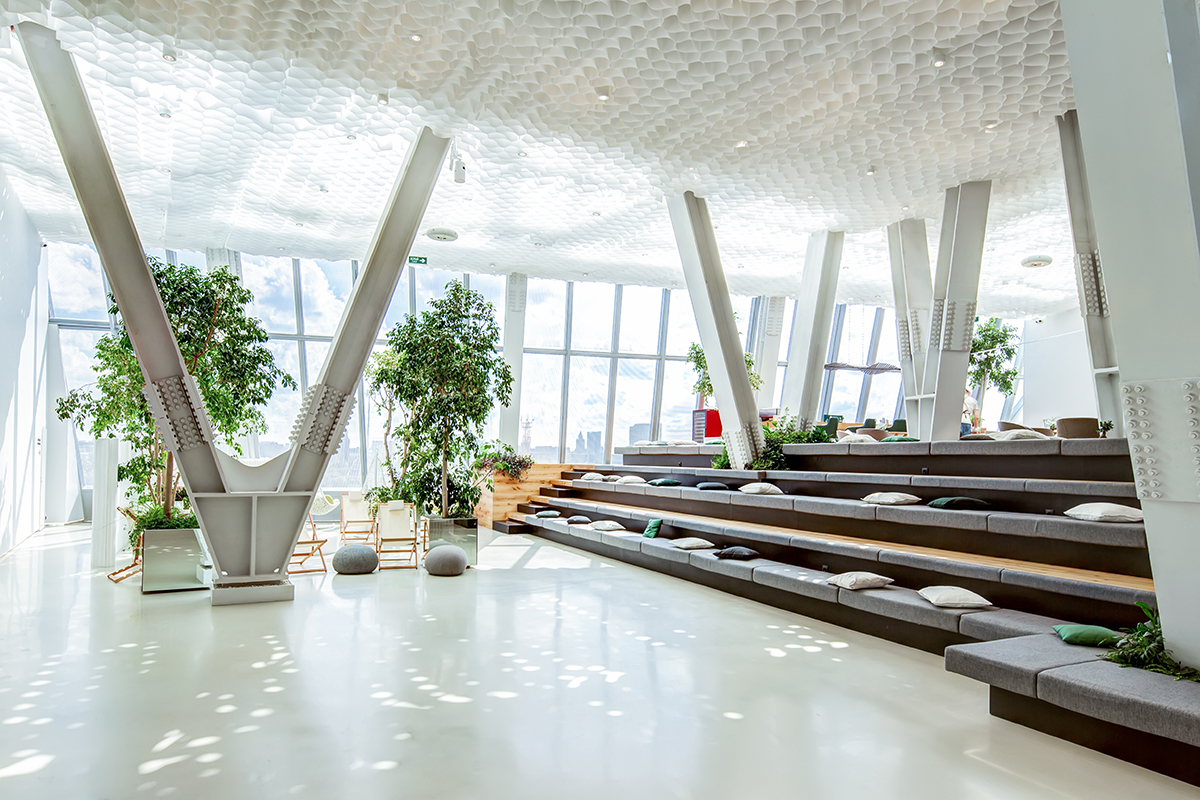
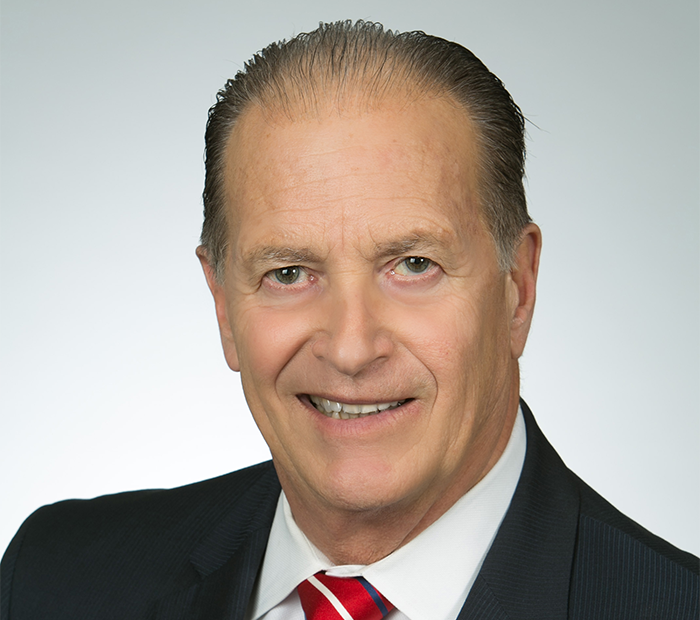

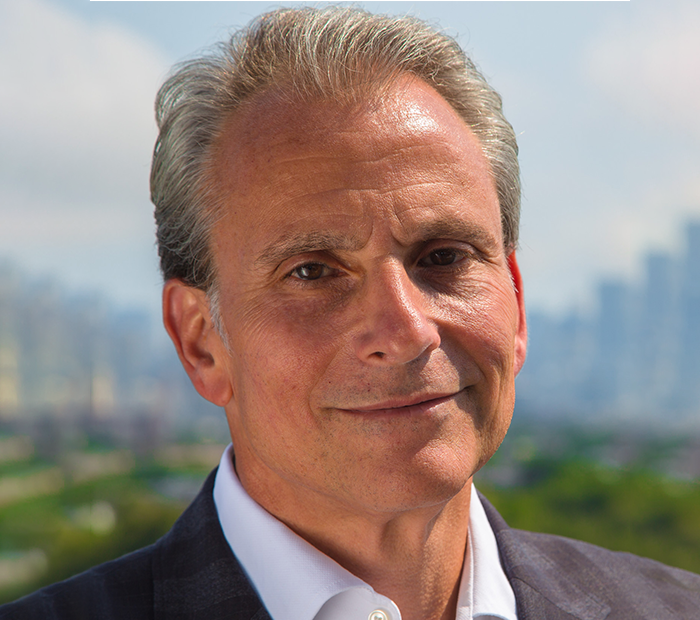
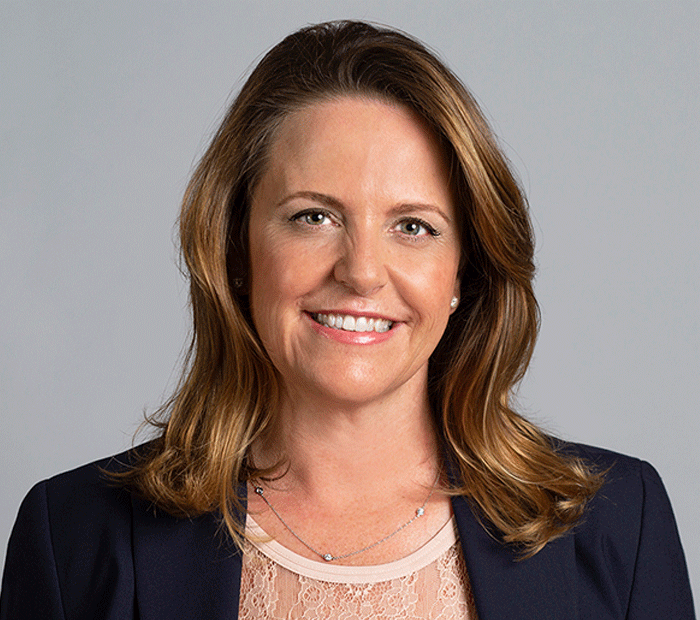
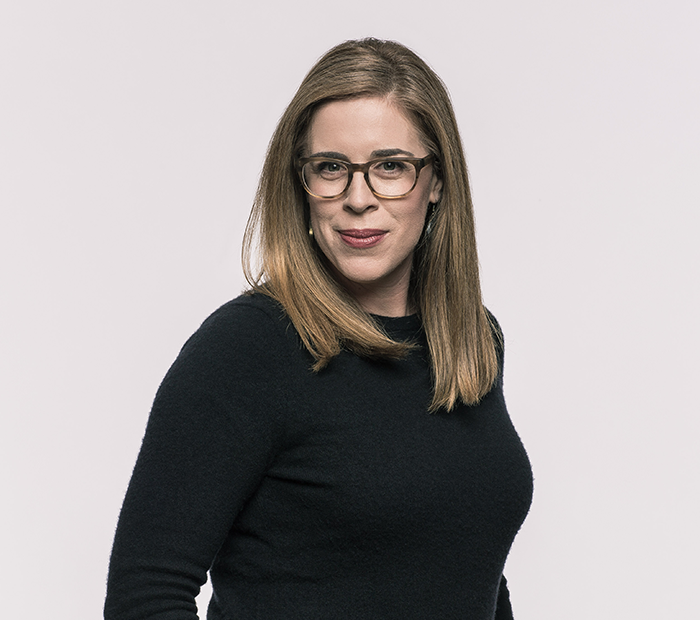
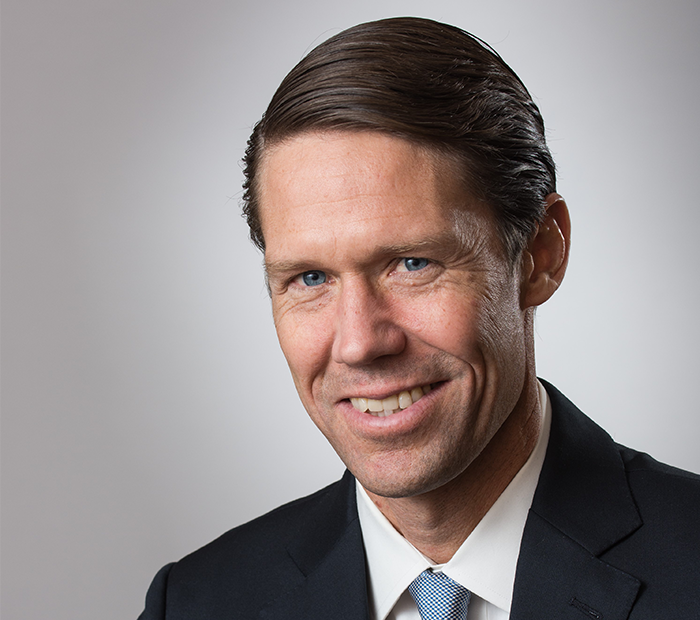
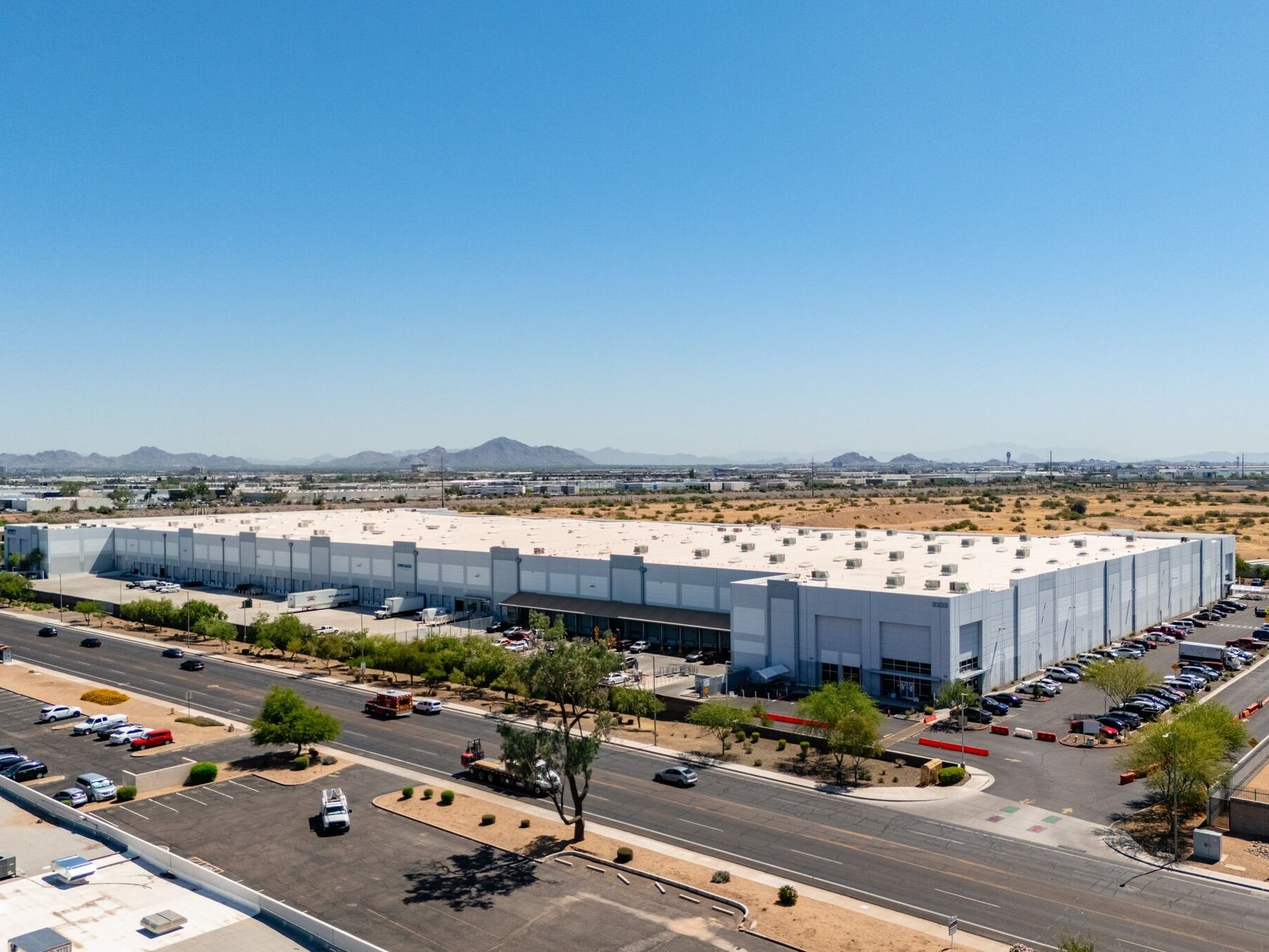
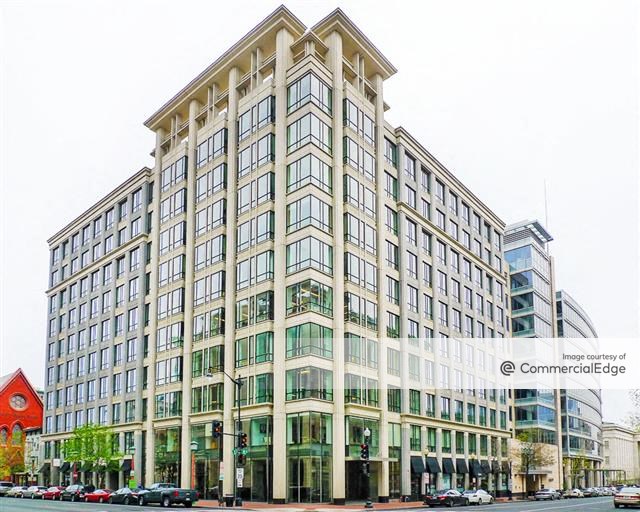
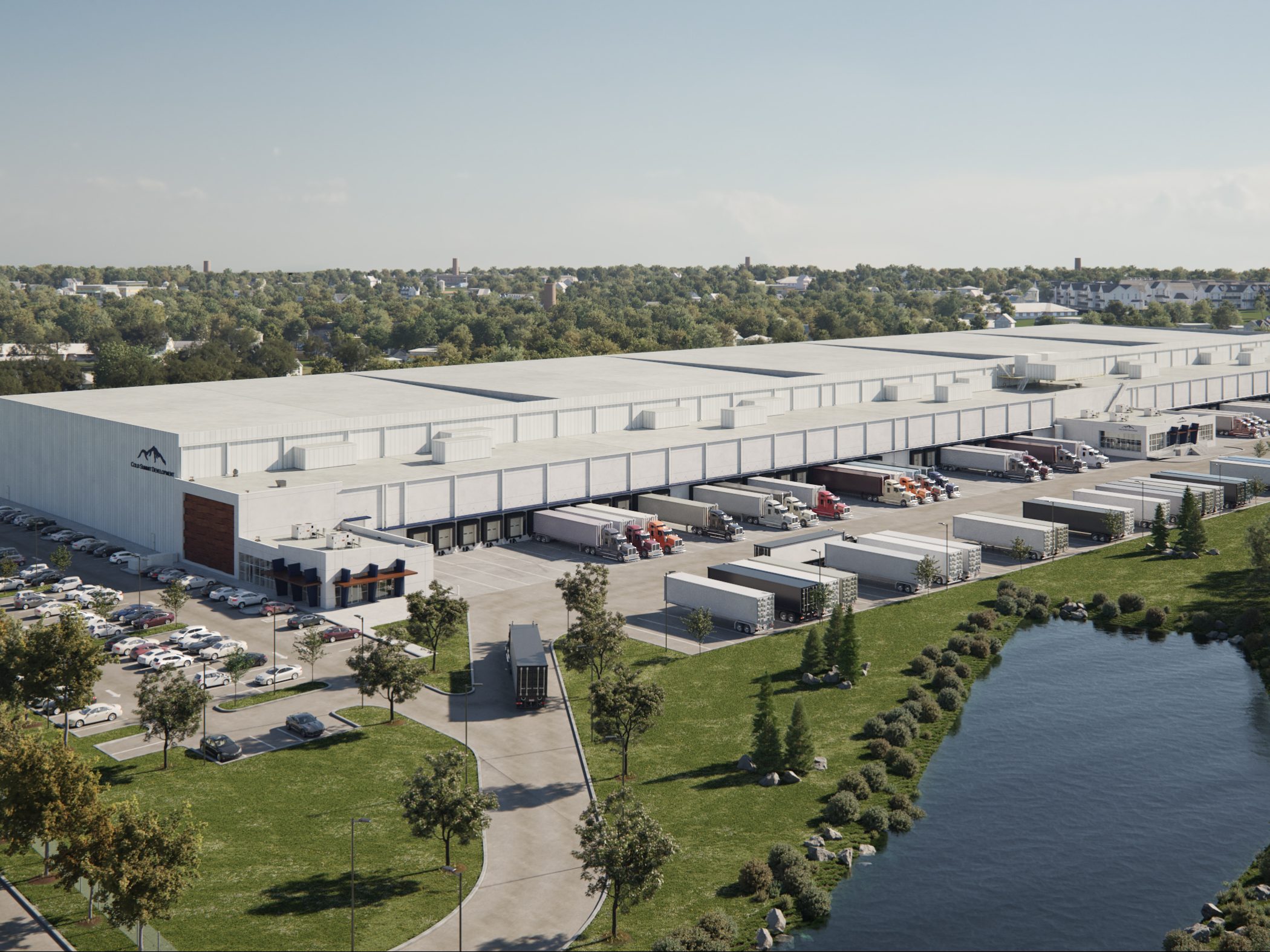

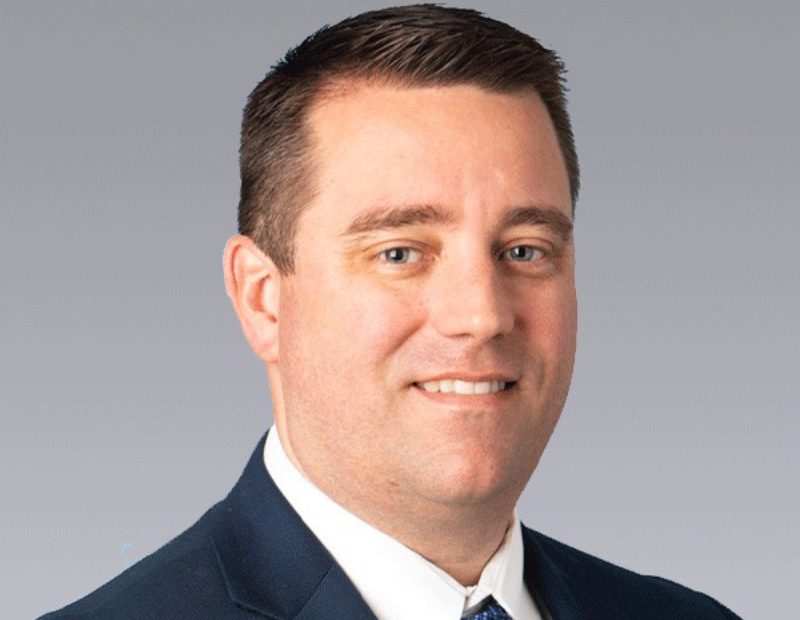

You must be logged in to post a comment.